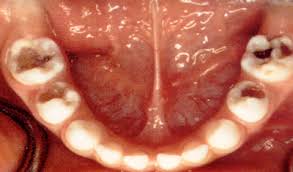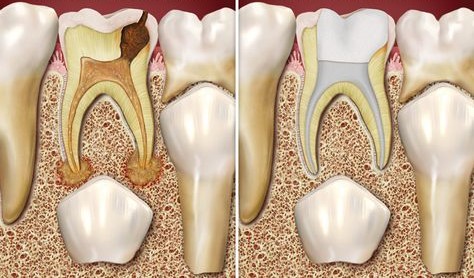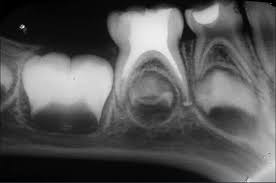
What is a Pulpectomy?
A pulpectomy is a dental procedure often performed on children to treat a severely infected or damaged tooth. It is a form of root canal treatment specifically for primary (baby) teeth. The goal of a pulpectomy is to save the tooth by removing the infected pulp tissue from the center of the tooth and then cleaning and sealing the root canals.
When is a Pulpectomy Needed?
Severe Tooth Decay: When decay has reached the pulp (inner tissue) of the tooth, it can cause pain, infection, and abscesses.
Trauma: If a child experiences trauma to a tooth, such as a fracture or a deep crack, it can damage the pulp
Infection: Untreated cavities or dental injuries can lead to infections that affect the tooth pulp.
Pain and Swelling: If a child complains of persistent toothache or there is swelling around the affected tooth, a pulpectomy might be necessary
The Pulpectomy Process:
Anesthesia: Before the procedure, the dentist will use local anesthesia to numb the area, ensuring the child feels little to no pain during the treatment.
Accessing the Pulp: The dentist will create an opening in the tooth to access the infected pulp. This allows them to remove the infected tissue from the pulp chamber and root canals.
Cleaning and Shaping: After removing the infected tissue, the dentist will clean and shape the root canals to remove any remaining bacteria and debris.
Medication: In some cases, a medication may be placed in the tooth to help clear any remaining infection.
Sealing the Canals: Once the canals are clean, they are sealed with a biocompatible material to prevent re-infection.
Restoration: After the pulpectomy, the tooth will be restored with a filling or crown to protect it and restore function.

Benefits of Pulpectomy:
Save the Tooth: The primary benefit is saving the affected tooth, which is important for proper chewing, speaking, and maintaining space for permanent teeth.
Pain Relief: By removing the infected pulp, the procedure helps alleviate the child’s pain and discomfort.
Prevent Spread of Infection: Treating the infection early prevents it from spreading to other teeth or causing more serious health issues.

Dental Anxiety:
Addressing Concerns: It’s normal for children (and parents) to feel anxious about dental procedures. Talk to the dentist about any concerns or fears your child may have.
Child-Friendly Dentist: Choosing a pediatric dentist specializing in children can help create a more comfortable and reassuring experience.
Conclusion:
A pulpectomy is a common and effective procedure to save a child’s tooth when the pulp is infected or damaged. It helps relieve pain, prevent infection spread, and maintain proper dental function. If your child’s dentist recommends a pulpectomy, understanding the process and benefits can help ease any concerns. Always consult with your child’s dentist for personalized advice and recommendations.
Parents should always consult their child’s dentist for specific advice regarding their child’s dental health.


